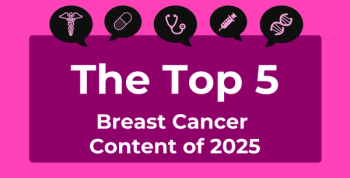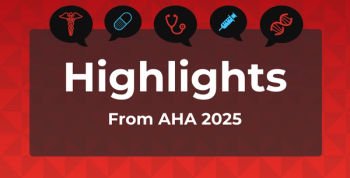
Pilot Program Successfully Engages Medicaid Patients Via Mobile Technology
Text messaging might just be the next best thing in patient engagement-at least according to the results of 1 organization's pilot program.
Text messaging might just be the next best thing in patient engagement—at least according to the results of 1 organization’s pilot
“Over 80% of the population we intervened on had a mobile phone,” said Neng “Bing” Doh, HealthCrowd’s CEO and cofounder. “Historically, a lot of Medicaid plans have had the preconception that because their members were lower income, that they didn’t have mobile phones. Another preconception is that people don’t want to pay for these messages or [that they] find them intrusive. We absolutely debunked that as well.”
Healthfirst is a managed care organization that oversees the care for almost 1 million members in southern New York state. The pilot began in 2013 as a way to test whether their population would actively engage with a text messaging program, and in particular, whether it would encourage parents to bring their children in for routine care including vaccines or checkups.
Because only 40% of Medicare beneficiaries have access to a smartphone, text messaging remained preferable to apps that might serve a similar purpose for patients. Other challenges also remain, but the findings are encouraging.
“As we discussed back in 2012, and I think it’s still true, it’s really hard to get a patient or a member to actually download an app the health plan wants them to download and it’s even harder to get them to use it,” Mr Doh continued. “So we see text messaging not only as a very strong communications channel, but one that will increase in usage over the next 3 to 5 years.”
Around the Web
HealthCrowd Case Study Makes Strong Case for Texting Medicaid Patients
Newsletter
Stay ahead of policy, cost, and value—subscribe to AJMC for expert insights at the intersection of clinical care and health economics.









































